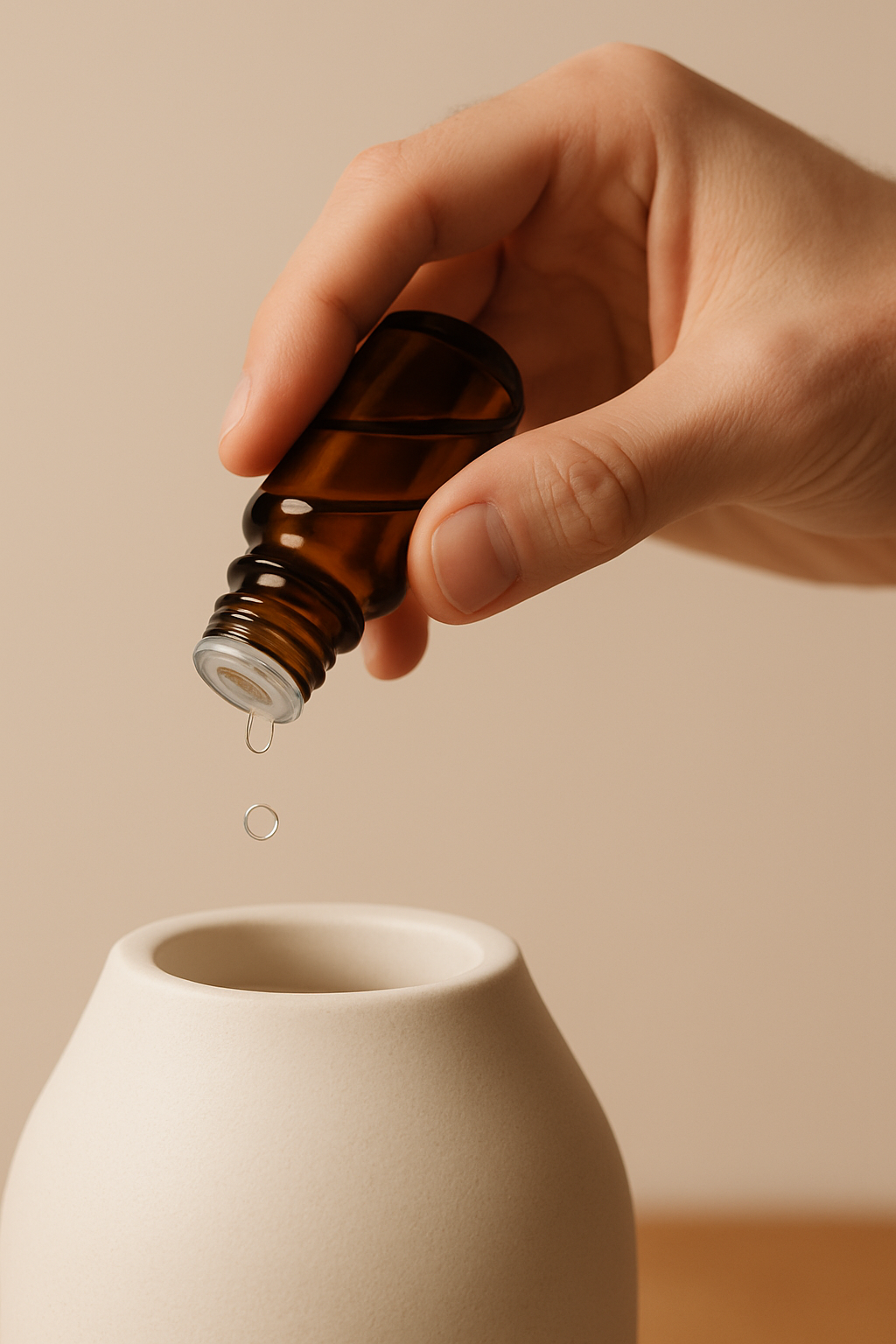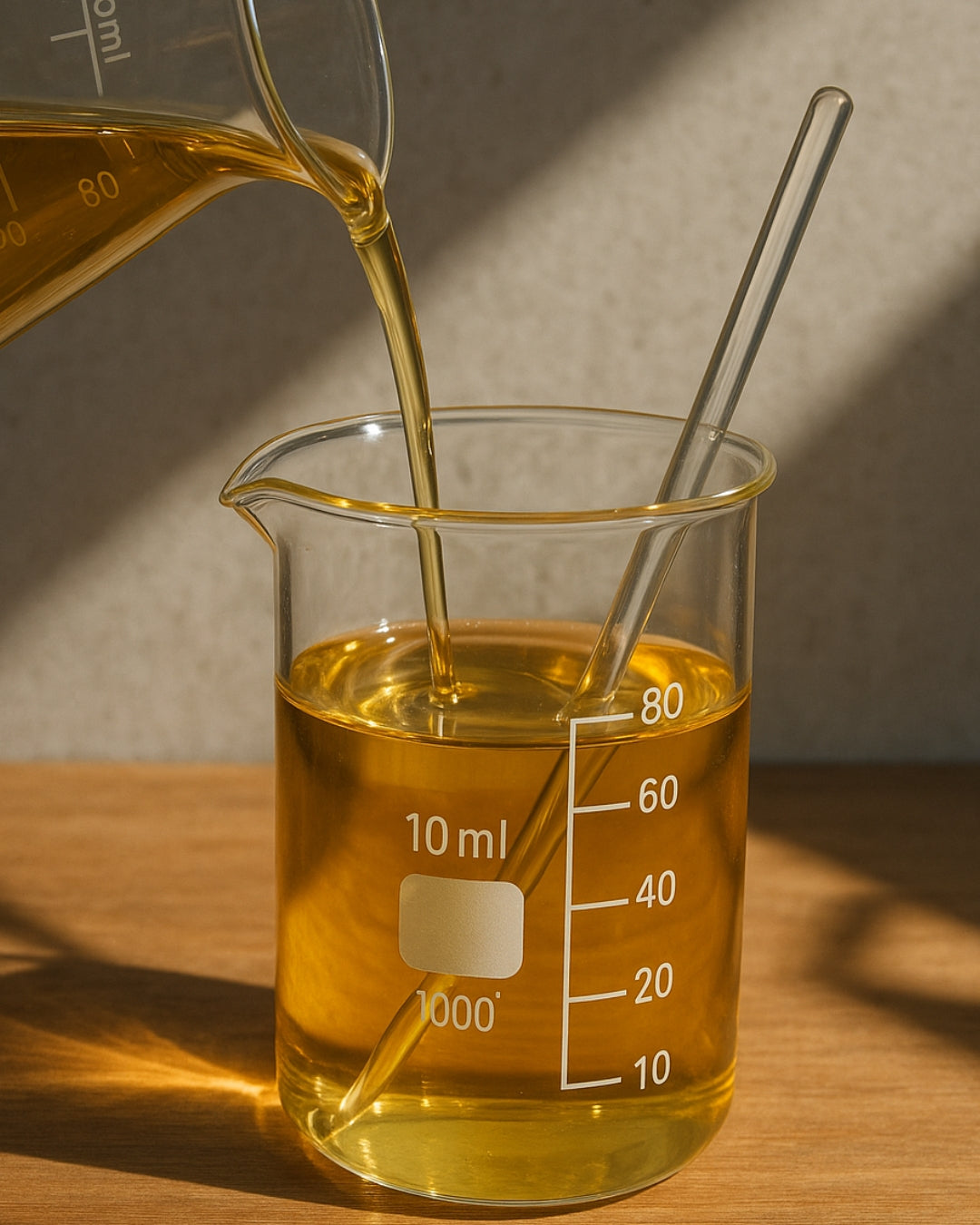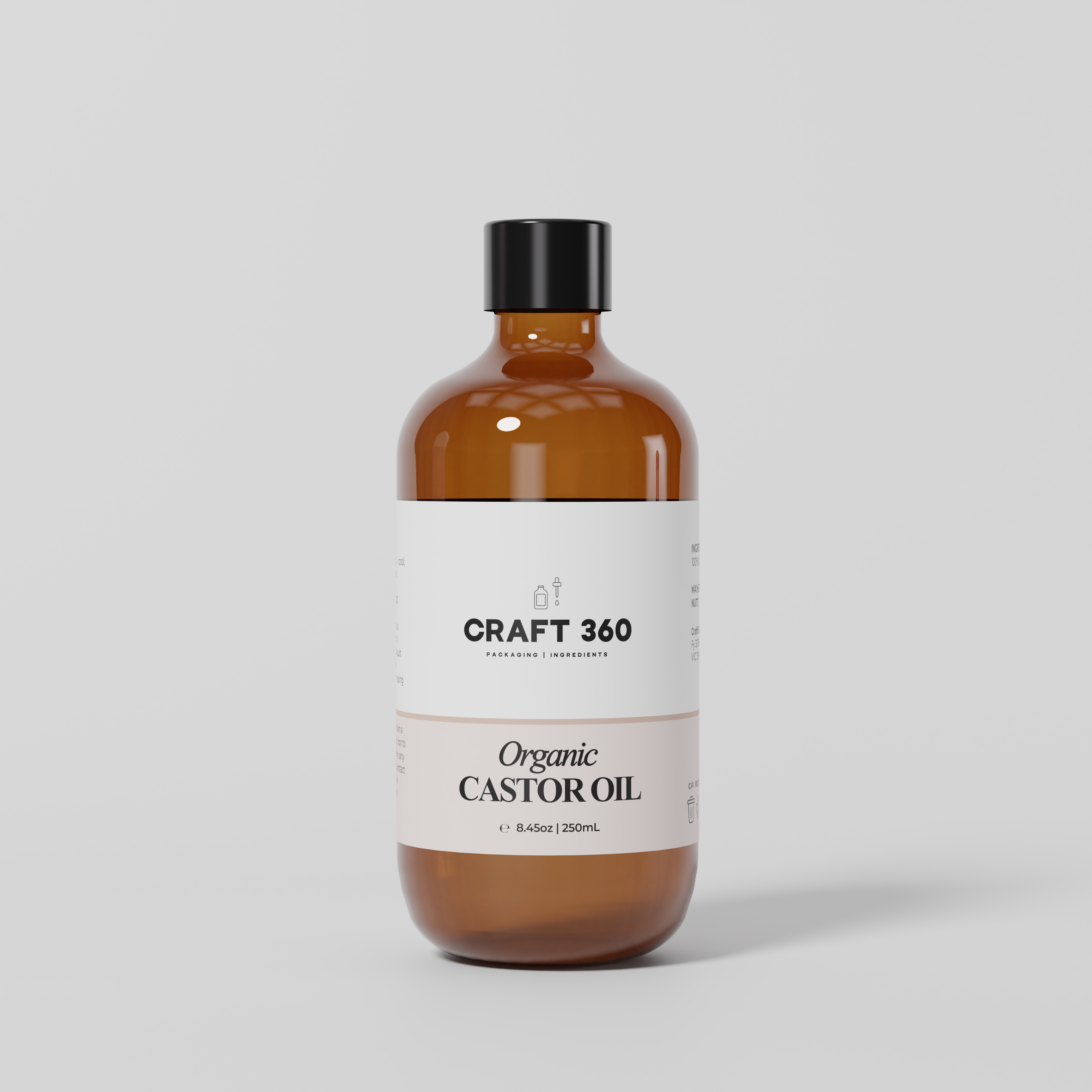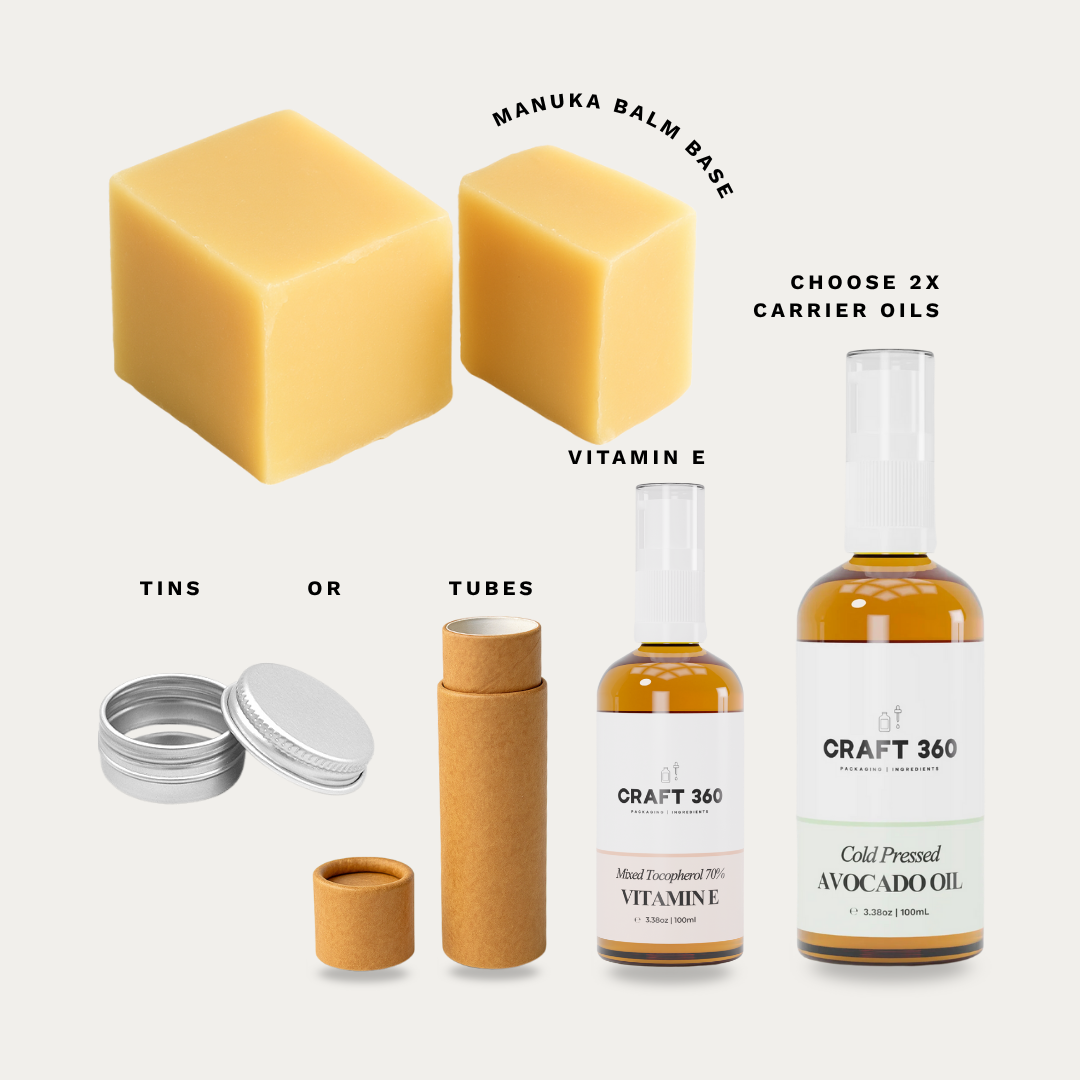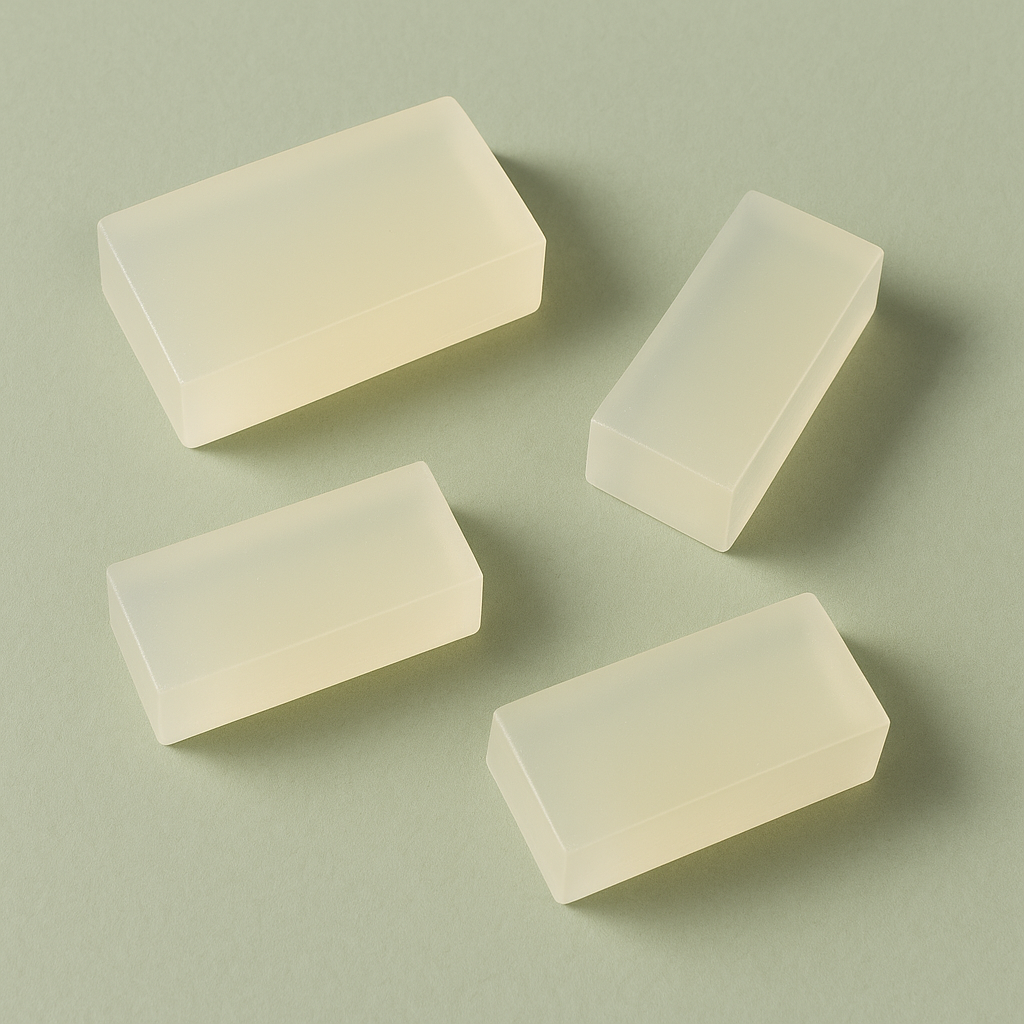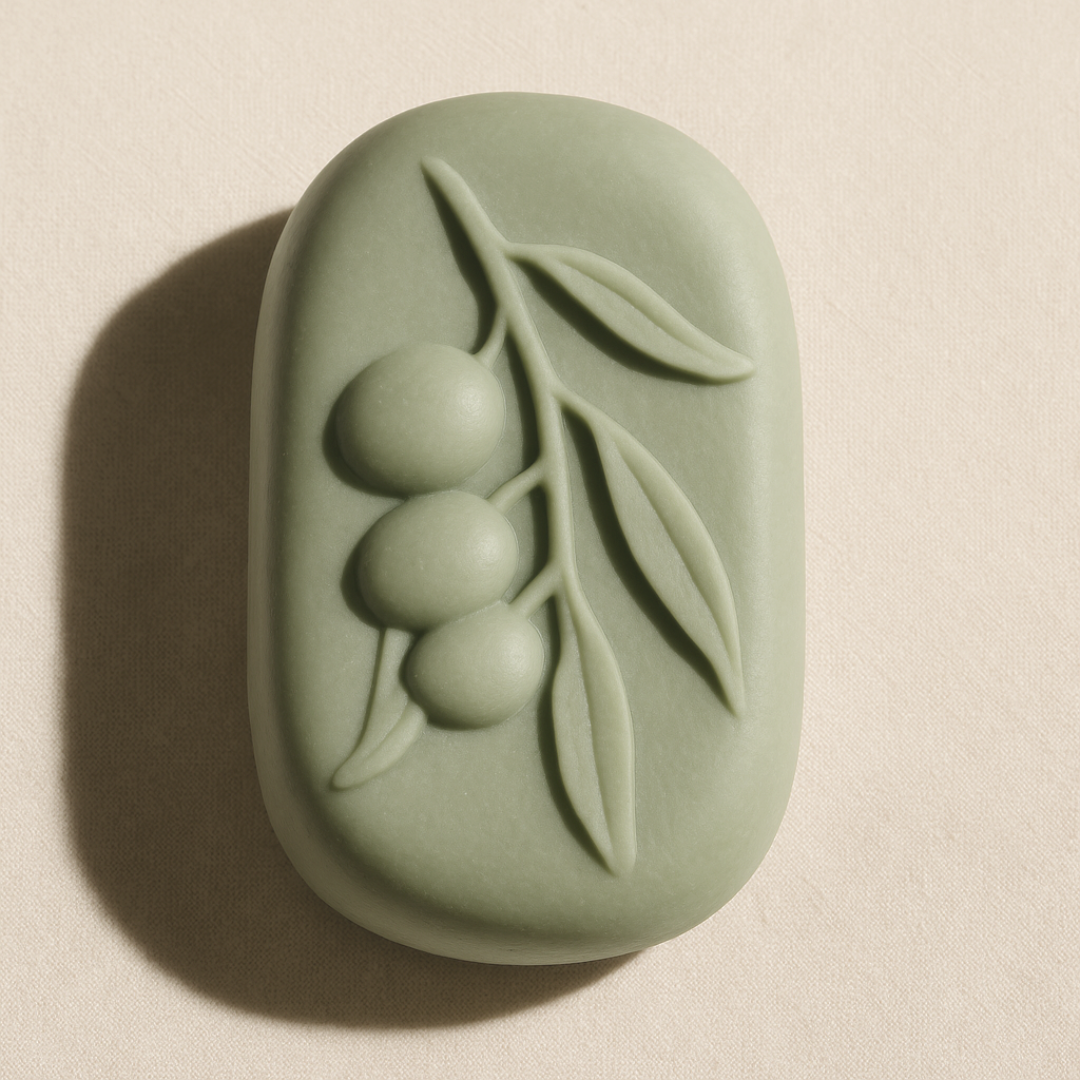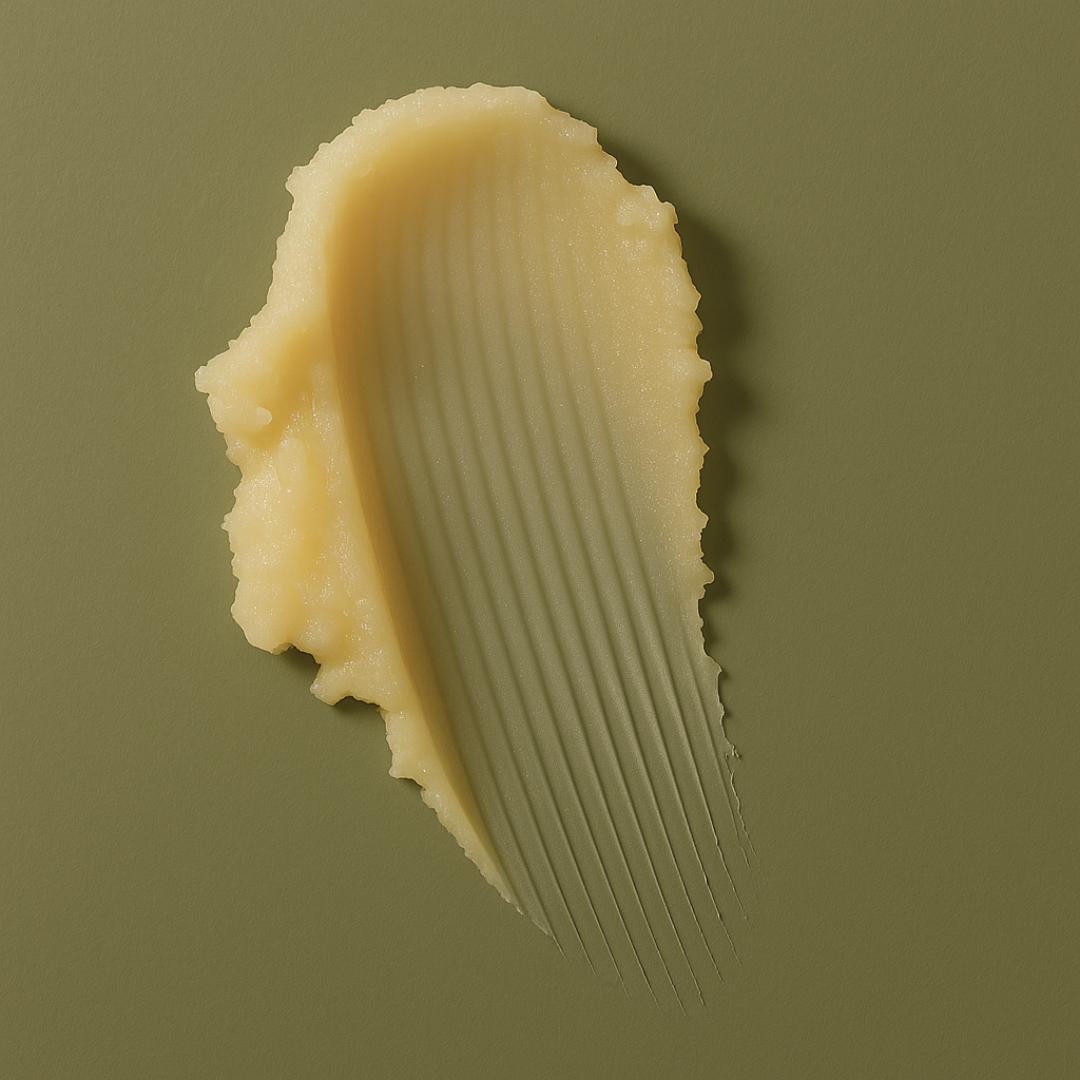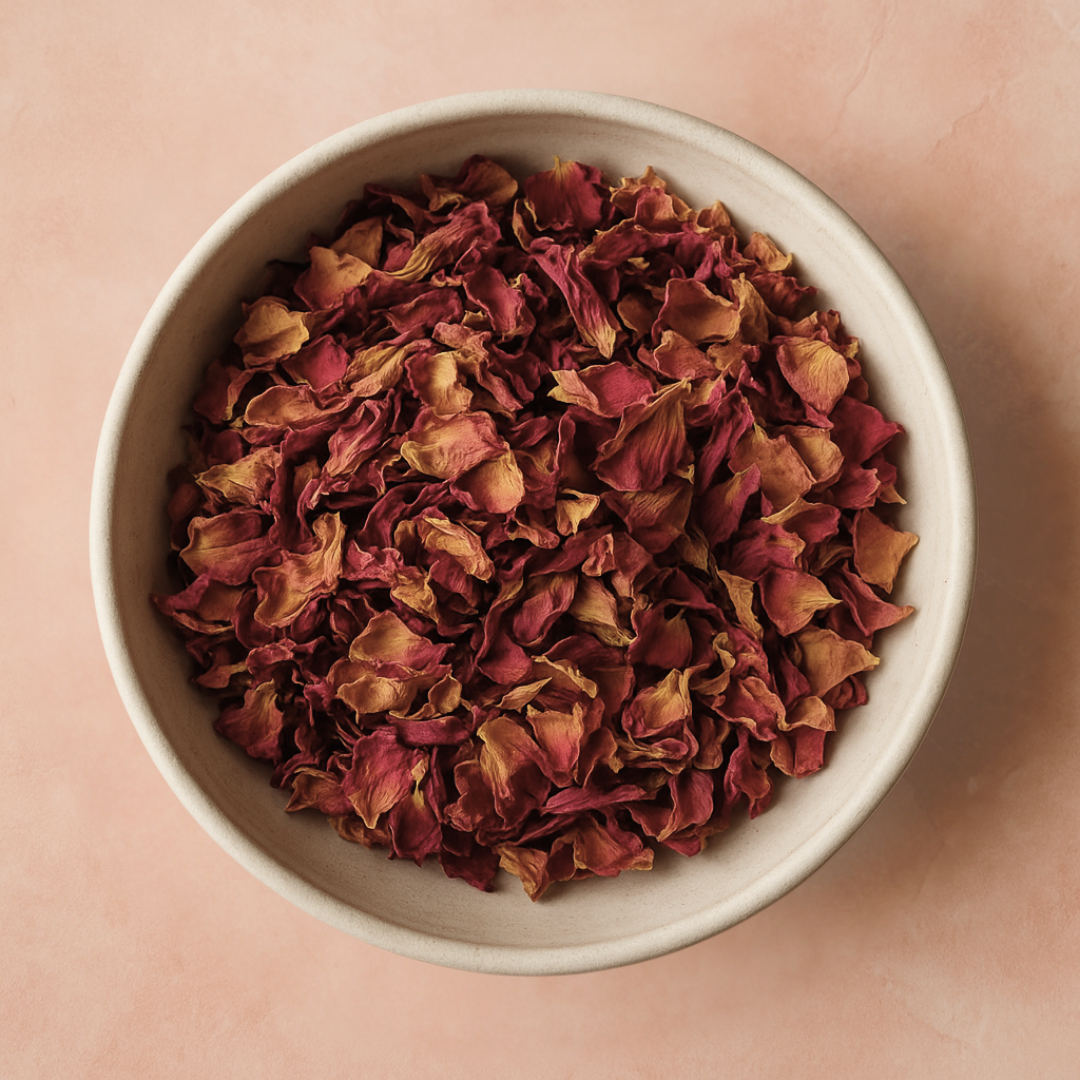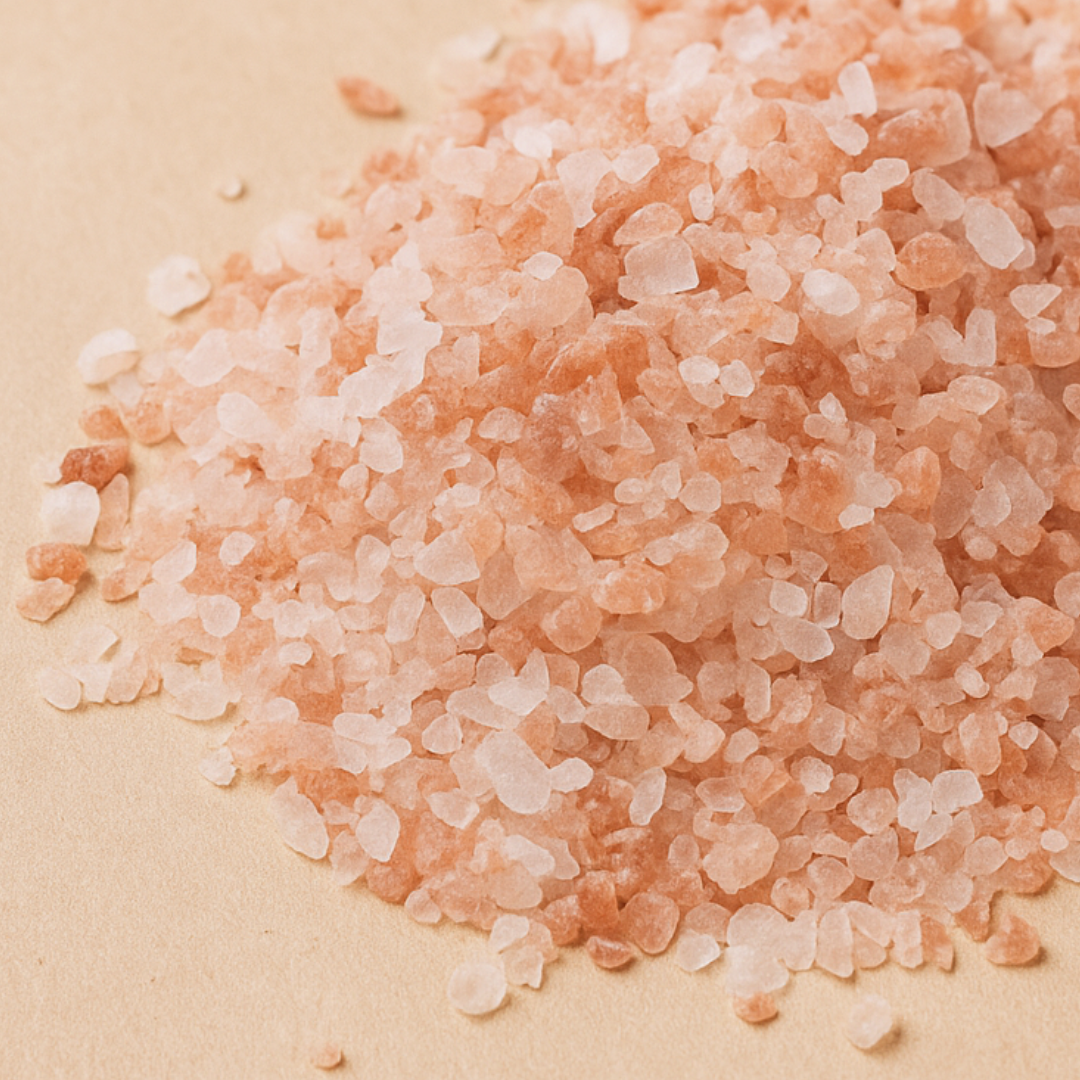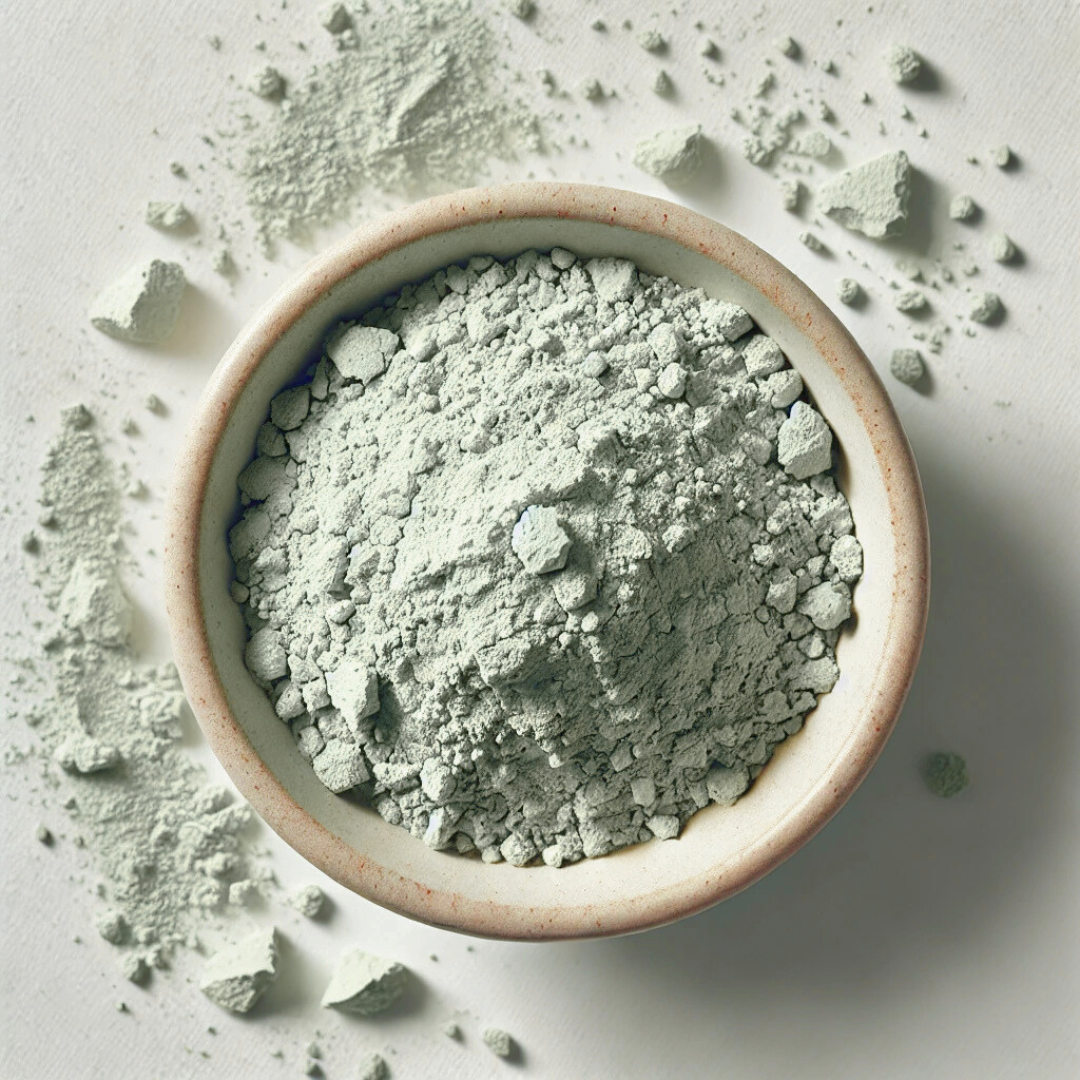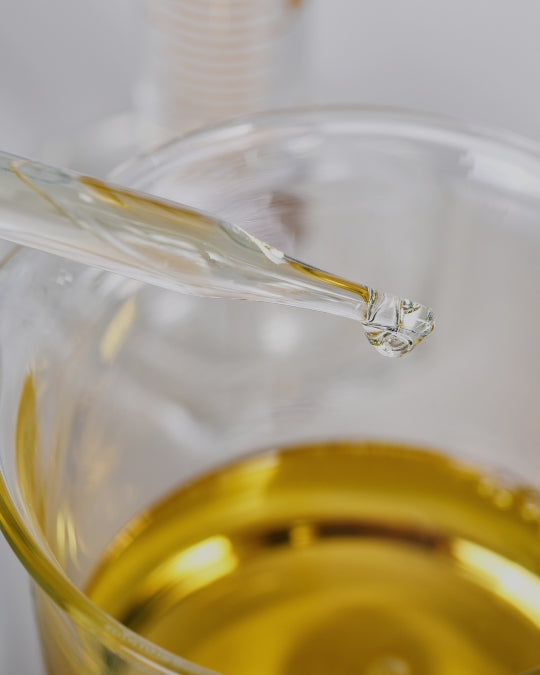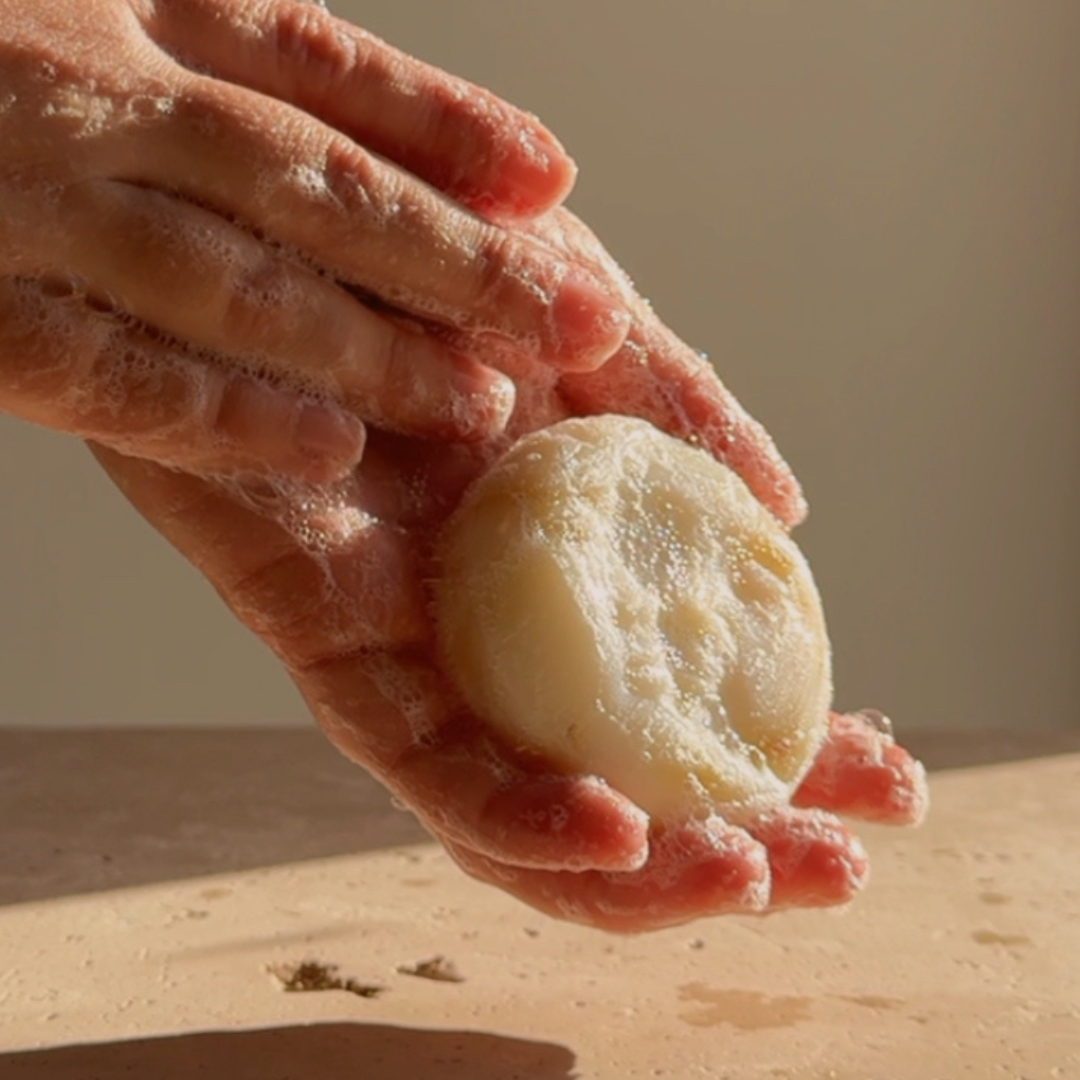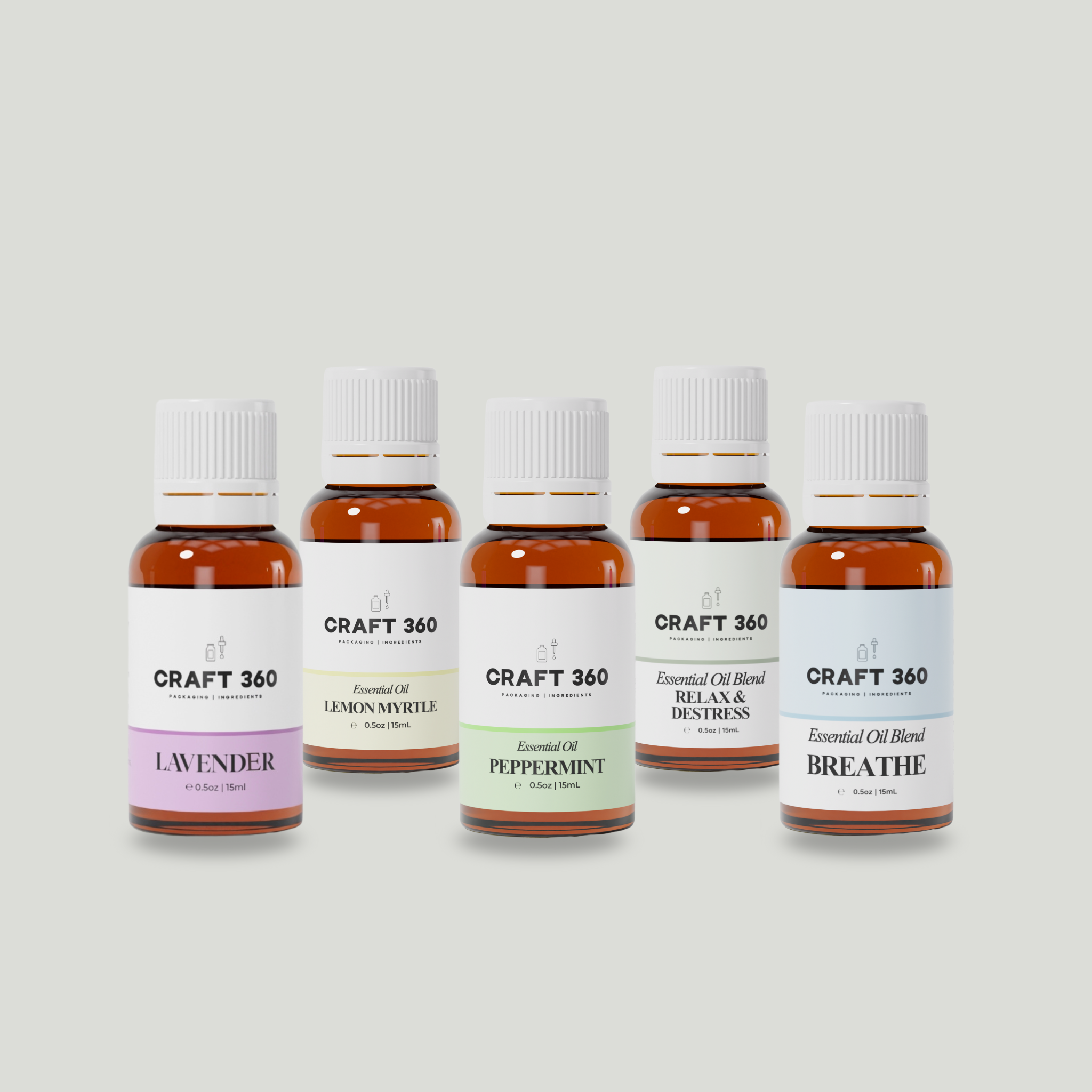19 minute read
Since the dawn of humanity, herbs have been our most trusted companions. They've nourished us, supported our wellbeing, and protected our skin through countless generations. Long before modern skincare laboratories existed, our ancestors turned to botanical treasures. From the golden turmeric fields of ancient India to the tea tree groves of Australia, this relationship runs deeper than mere utility.
It's a partnership written in our very DNA. Every culture has discovered and cherished its own herbal allies as medicine chest, beauty cabinet, and source of comfort.
Winter brings unique challenges to our skin. Biting cold, dry air, and harsh winds can leave our protective barrier compromised and crying out for relief. But here's the good news—nature has provided us with an arsenal of herbs that offer exactly what winter-weary skin needs.
Some bring warming energies that boost circulation and vitality. Others provide cooling, calming relief to irritated skin that's been battled by the elements. Ready to discover how these botanical allies can transform your winter skincare routine?
1. Calendula (Calendula officinalis)

Like golden sunshine captured in petals, calendula has been brightening both gardens and skincare routines for over 1,000 years. This cheerful flower, also known as pot marigold, brings gentle care that's perfect for winter's demands on our skin.
Traditional Energetics:
- Temperature: Cooling to neutral
- Action: Calming
Key Plant Compounds:
- Triterpenoids: Help calm and condition irritated skin
- Carotenoids: Antioxidant pigments that support skin protection
- Flavonoids: Compounds that support skin comfort and conditioning
- Saponins: Natural cleansing compounds with gentle properties
- Essential oils: Aromatic compounds that provide additional skin-conditioning benefits
Why Use in Winter: Whilst calendula has cooling energetics, its profound skin-conditioning properties make it invaluable for winter skin that's become reactive from environmental stress. Its gentle nature makes it suitable for the most sensitive skin types when harsh weather has compromised the skin barrier.
How to Use:
- Oil Infusions: Infuse in oils like jojoba or sweet almond oil for balms and salves
- Hydrosols: Gentle floral waters for toners and mists
- Extracts: Glycerin extracts for serums and lotions
- Bath Preparations: Whole flowers for soothing winter baths
Usage Rates: 5-20% for oil infusions, 10-50% for hydrosols, 1-5% for concentrated extracts
Safety Notes: Generally very well-tolerated. Those with ragweed allergies should patch test first, as with all botanical preparations.
2. Chamomile (Matricaria chamomilla)

The gentle giant of the herbal world, chamomile has been called "the plant's physician." This humble daisy-like flower carries centuries of trust for conditioning troubled skin and providing comfort.
Traditional Energetics:
- Temperature: Cooling
- Action: Calming
Key Plant Compounds:
- Chamazulene: Deep blue compound that helps condition and calm skin
- Alpha-bisabolol: Gentle conditioning compound with a lovely, soft feel
- Matricin: Precursor to chamazulene, supports skin conditioning
- Flavonoids: Antioxidant compounds that help maintain skin comfort
- Coumarins: Natural compounds that support skin conditioning
Why Use in Winter: Chamomile's cooling, calming energy provides the perfect counterbalance to stressed winter skin. Its gentle nature makes it ideal for sensitive skin types that become more reactive during seasonal changes.
How to Use:
- Essential Oil: Potent blue oil for targeted conditioning (German chamomile)
- Hydrosols: Gentle, pH-balanced waters perfect for sensitive skin
- Oil Infusions: Gently heated preparations or cold-infused for 2-3 weeks
- Glycerin Extracts: Water-soluble preparations for serums
Usage Rates: 0.5-2% for essential oil, 20-100% for hydrosols, 10-30% for oil infusions
Safety Notes: Generally extremely safe. Those with ragweed or daisy family allergies should patch test. Roman chamomile tends to be gentler than German chamomile for skincare use.
3. Lavender (Lavandula angustifolia)
The purple fields of Provence have given us one of the most beloved herbs in skincare. Lavender's distinctive fragrance immediately transports us to a place of calm. Its skin-conditioning benefits have made it a cornerstone of natural skincare for generations.
Traditional Energetics:
- Temperature: Cooling
- Action: Calming
Key Plant Compounds:
- Linalool: Primary component that helps condition and soften skin
- Linalyl acetate: Calming compound that contributes to lavender's gentle properties
- Camphor: Minor component that supports circulation
- 1,8-Cineole: Conditioning compound also found in eucalyptus
- Terpinen-4-ol: Gentle conditioning compound shared with tea tree
Why Use in Winter: Lavender's cooling, calming energy helps condition skin that's become overreactive from winter stress. Its versatile properties make it suitable for everything from gentle daily care to intensive conditioning treatments.
How to Use:
- Essential Oil: 1-3% in formulations for conditioning benefits
- Hydrosols: Gentle, balancing waters suitable for all skin types
- Oil Infusions: Traditional preparations for balms and oils
- Dried Herb: For bath preparations and gentle scrubs
Usage Rates: 1-3% for essential oil, 25-100% for hydrosols, 10-25% for oil infusions
Safety Notes: Generally very safe for skincare use. High-quality lavender essential oil is often well-tolerated even by sensitive skin. Always dilute essential oils appropriately.
4. Tea Tree (Melaleuca alternifolia)

Australia's most famous skincare export, tea tree has become synonymous with natural cleansing care. This powerful yet gentle herb brings cleansing benefits that are especially valuable when winter weather affects our skin's natural balance.
Traditional Energetics:
- Temperature: Cooling
- Action: Cleansing
Key Plant Compounds:
- Terpinen-4-ol: Primary cleansing compound, well-researched for skin benefits
- Gamma-terpinene: Cleansing compound that works alongside terpinen-4-ol
- Alpha-terpinene: Supporting cleansing compound
- 1,8-Cineole: Should be kept under 15% in quality tea tree oil
- Alpha-pinene: Conditioning compound also found in other native plants
Why Use in Winter: Whilst cooling in energetics, tea tree's cleansing action makes it invaluable for maintaining skin balance when winter conditions affect our skin's natural state. Its ability to cleanse without over-drying is perfect for winter skincare routines.
How to Use:
- Essential Oil: 1-5% for targeted care, 0.5-2% for daily use formulations
- Hydrosol: Gentle cleansing water for sensitive skin
- Oil Infusions: Traditional whole-plant preparations
- Gel Formulations: Water-based preparations for cleansing care
Usage Rates: 0.5-5% for essential oil depending on application, 25-100% for hydrosols
Safety Notes: Generally well-tolerated when properly diluted. Quality is crucial—look for oils with terpinen-4-ol above 30% and 1,8-cineole below 15%. Patch test recommended. Store away from light and heat.
5. Lemon Myrtle (Backhousia citriodora)

Native to Queensland and northern New South Wales, this medium-sized tree offers one of the most intensely citrus-scented essential oils in the world. Lemon myrtle is packed with antioxidants, making it a powerful ally for winter skin protection.
Traditional Energetics:
- Temperature: Cooling to neutral
- Action: Energising
Key Plant Compounds:
- Citral: Extremely high levels of this conditioning and cleansing compound
- Geranial: Component of citral with conditioning properties
- Neral: Other component of citral contributing to that gorgeous lemon scent
- Limonene: Antioxidant compound found in citrus oils
- Flavonoids: Antioxidant compounds concentrated in the leaves
Why Use in Winter: Despite its cooling energetics, lemon myrtle's high antioxidant content makes it valuable for protecting winter skin from environmental stressors. Its cleansing properties help maintain healthy skin balance during challenging seasons.
How to Use:
- Essential Oil: Extremely potent, use at 0.5-1% maximum
- Hydrosol: Gentle, citrus-scented water for toning
- Leaf Infusions: Traditional preparations in oils or glycerin
- Dried Leaf Powder: For gentle exfoliating preparations
Usage Rates: 0.5-1% for essential oil, 20-50% for hydrosols, 5-15% for leaf preparations
Safety Notes: Very high citral content can be sensitising. Always patch test and start with minimal amounts. May increase photosensitivity. This essential oil requires careful dilution due to its potency.
6. Kunzea (Kunzea ambigua)

This native Australian herb offers unique benefits perfectly suited to our local climate conditions. Kunzea has been used in traditional Aboriginal practices to support wellbeing, whilst providing wonderful skin-conditioning benefits through its warming energetics.
Traditional Energetics:
- Temperature: Warming
- Action: Stimulating
Key Plant Compounds:
- 1,8-Cineole: Conditioning compound that supports skin comfort
- Alpha-pinene: May help support healthy circulation
- Globulol: Conditioning compound that supports skin comfort
- Viridiflorol: Gentle conditioning properties
- Bicyclogermacrene: Unique to Australian Kunzea, supports skin conditioning
Why Use in Winter: Kunzea's warming properties help counteract the cold, sluggish energy that can affect circulation and skin vitality during winter. Its conditioning properties help support skin that may be stressed by environmental factors.
How to Use:
- Essential Oil: 0.5-2% in formulations for conditioning benefits
- Hydrosol: Gentle for sensitive skin, up to 50% in formulations
- Oil Infusions: Whole plant preparations for balms and oils
- Steam Distillation: For personal use hydrosols
Usage Rates: 0.5-2% for essential oil, 10-50% for hydrosols and extracts
Safety Notes: Generally well-tolerated. Essential oil should be diluted appropriately. Patch test recommended. As with all essential oils, seek professional guidance during pregnancy.
7. Turmeric (Curcuma longa)

This golden root has been treasured in many cultures for good reason. Turmeric is warming and has wonderful energetics that make it perfect for counteracting winter's cold, sluggish energy whilst providing powerful skin-conditioning benefits.
Traditional Energetics:
- Temperature: Warming
- Action: Energising
Key Plant Compounds:
- Curcumin: Primary active compound with conditioning and antioxidant properties
- Demethoxycurcumin: Secondary compound with similar conditioning benefits
- Bisdemethoxycurcumin: Third major compound contributing to overall skin conditioning
- Turmerone: Aromatic compound that may enhance other benefits
- Essential oils: Complex aromatic profile contributing to warming properties
Why Use in Winter: Turmeric's warming properties help stimulate circulation, similar to ginger or black pepper. This supports healthy blood flow, making it excellent for winter skin that needs increased circulation and vitality.
How to Use:
- Powder: Fresh ground turmeric for masks and treatments
- Oil Infusions: Traditional preparations for warming oils
- Glycerin Extracts: Water-soluble preparations for serums
- Fresh Root: Grated fresh turmeric for immediate use preparations
Usage Rates: 1-5% for powder in masks, 5-15% for oil infusions, 2-8% for extracts
Safety Notes: Can temporarily stain skin and fabrics golden-yellow. Patch test recommended. May increase photosensitivity. Start with lower concentrations to assess skin tolerance.
8. Ginger (Zingiber officinale)
The warming root that energises us from within also brings that same energising quality to our skin. Ginger's stimulating properties make it perfect for sluggish winter circulation and dull-looking skin that needs a gentle wake-up call.
Traditional Energetics:
- Temperature: Hot/Warming
- Action: Energising
Key Plant Compounds:
- Gingerol: Primary compound with warming and conditioning properties
- Shogaol: Formed when ginger is dried, even more potent than gingerol
- Zingerone: Aromatic compound contributing to ginger's warming effect
- Essential oils: Volatile compounds that provide aromatic and conditioning benefits
- Phenolic compounds: Antioxidant compounds that help condition skin
Why Use in Winter: Ginger's intensely warming nature makes it ideal for stimulating circulation in cold-affected skin. Its conditioning properties help address skin concerns that may be worsened by poor circulation during winter months.
How to Use:
- Fresh Root Infusions: Grated fresh ginger in oils for warming preparations
- Essential Oil: Highly concentrated, use at 0.5-1% maximum
- Dried Powder: For energising masks and scrubs
- Glycerin Extracts: For water-based formulations
Usage Rates: 0.5-1% for essential oil, 2-5% for powder preparations, 5-10% for fresh infusions
Safety Notes: Can be quite stimulating and may cause irritation in sensitive individuals. Always patch test and start with very low concentrations. May increase photosensitivity. Avoid around eyes.
Bonus Herbs: Two Extra Australian Treasures
We initially planned to share just 8 herbs, but these two Australian natives are too valuable to leave out. Consider them our gift to you for a truly comprehensive winter skincare toolkit.
Niaouli (Melaleuca quinquenervia)
This member of the paperbark family, also known as broad-leaved tea tree, grows naturally along Australia's east coast. Used by Indigenous peoples for skin conditioning and support, niaouli offers warming properties that make it excellent for winter circulation support.
Traditional Energetics:
- Temperature: Warming
- Action: Energising
Key Plant Compounds:
- 1,8-Cineole: Primary conditioning compound that supports skin comfort
- Alpha-terpineol: Conditioning compound with circulation-supporting properties
- Limonene: Antioxidant compound with gentle warming effects
- Viridiflorol: Conditioning compound that supports skin comfort
- Nerolidol: Gentle conditioning compound with lovely skin-softening properties
Why Use in Winter: Niaouli's warming nature helps stimulate circulation whilst its conditioning properties support winter skin. Its gentler profile compared to tea tree makes it suitable for sensitive skin that needs warming stimulation without irritation.
How to Use:
- Essential Oil: 1-3% for circulation-supporting preparations
- Hydrosol: Gentle warming water for toners and mists
- Oil Infusions: Traditional whole-plant preparations for balms
- Aromatherapy Blends: For uplifting winter skincare rituals
Usage Rates: 1-3% for essential oil, 25-75% for hydrosols, 10-20% for oil infusions
Safety Notes: Generally well-tolerated and less irritating than many other native oils. Patch test recommended. Use cautiously on sensitive skin.
Eucalyptus (Eucalyptus radiata)

This gentler eucalyptus species offers warming properties perfect for winter skincare without the intensity of some other varieties. Native to Australia's southeastern regions, it's been traditionally valued for its conditioning and energising properties.
Traditional Energetics:
- Temperature: Warming
- Action: Energising
Key Plant Compounds:
- 1,8-Cineole: Primary conditioning compound that supports skin comfort
- Alpha-terpineol: Conditioning compound with gentle warming properties
- Limonene: Antioxidant compound supporting skin conditioning
- Alpha-pinene: Conditioning compound that may support circulation
- Terpinen-4-ol: Gentle conditioning compound shared with tea tree
Why Use in Winter: This warming eucalyptus helps improve circulation and brings vitality to winter-dulled skin. Its aromatic properties also provide an uplifting sensory experience during the darker months, whilst supporting skin conditioning.
How to Use:
- Essential Oil: 0.5-2% in warming circulation blends
- Hydrosol: Refreshing, energising water for morning routines
- Oil Infusions: Traditional preparations for warming massage oils
- Aromatherapy Blends: Combined benefits for mind and skin
Usage Rates: 0.5-2% for essential oil, 20-50% for hydrosols, 5-15% for oil infusions
Safety Notes: Generally well-tolerated when properly diluted. Less irritating than many eucalyptus species. Patch test recommended. May increase photosensitivity.
Creating Your Winter Herbal Skincare Ritual

These 8 primary herbs, plus our 2 bonus Australian natives, offer a complete spectrum of energetics to address every winter skin concern. The Australian natives—kunzea, lemon myrtle, tea tree, niaouli, and eucalyptus—offer unique benefits perfectly adapted to our local conditions. The traditional herbs bring thousands of years of proven effectiveness.
Together, they create a beautiful approach to winter skincare that honours both ancient wisdom and modern understanding. Try combining warming herbs like turmeric, ginger, kunzea, and niaouli to stimulate circulation with cooling, conditioning herbs like chamomile, calendula, and lavender to calm irritation.
Have you experimented with any of these herbs in your winter formulations? The key to successful herbal skincare lies not just in the individual herbs, but in understanding how their energetics work together to bring your skin back into balance.
Start slowly, patch test new preparations, and pay attention to how your skin responds to these botanical allies. Winter may bring its challenges, but with these herbal friends in your skincare toolkit, you're well-equipped to emerge from the cold months with healthy, glowing skin that reflects the deep conditioning that only nature can provide.
Ready to explore these winter herbs for your own formulations? Browse our collection of herbal extracts, essential oils, and carrier oils to start creating your perfect winter skincare routine. Your skin will thank you for the natural care these botanical treasures provide.



